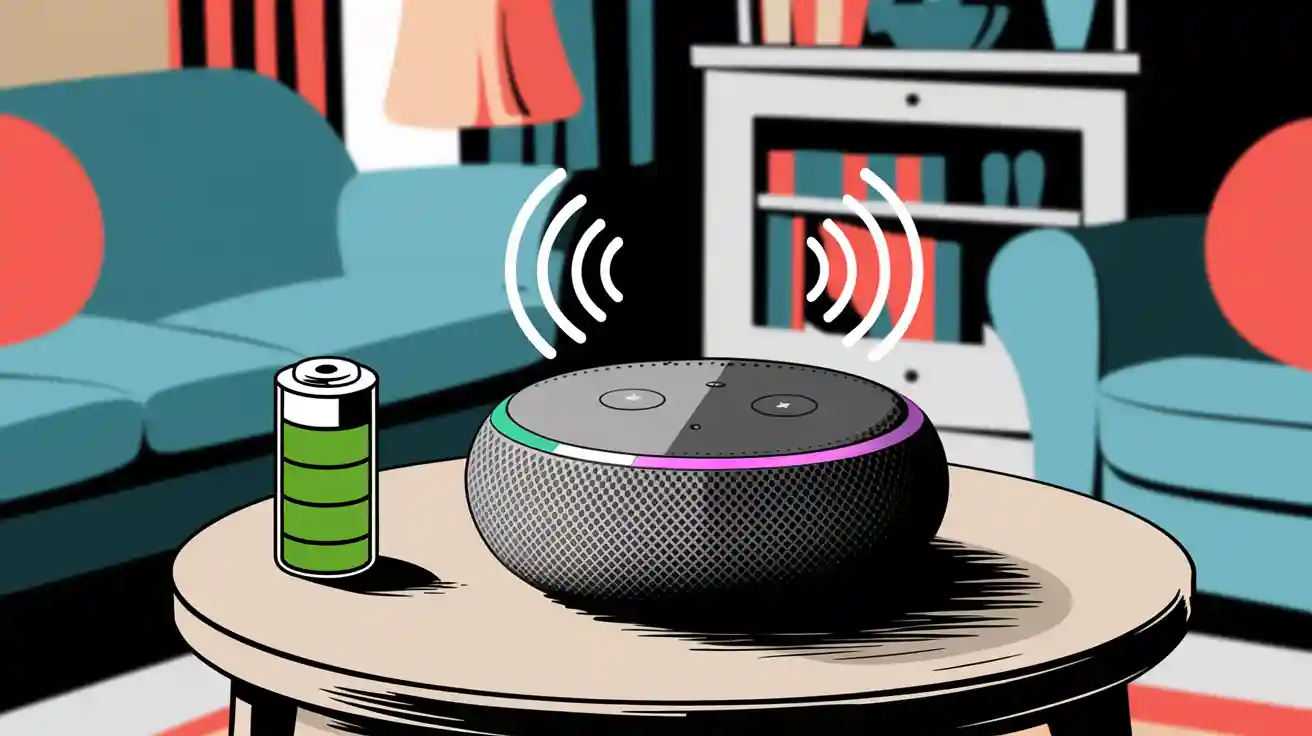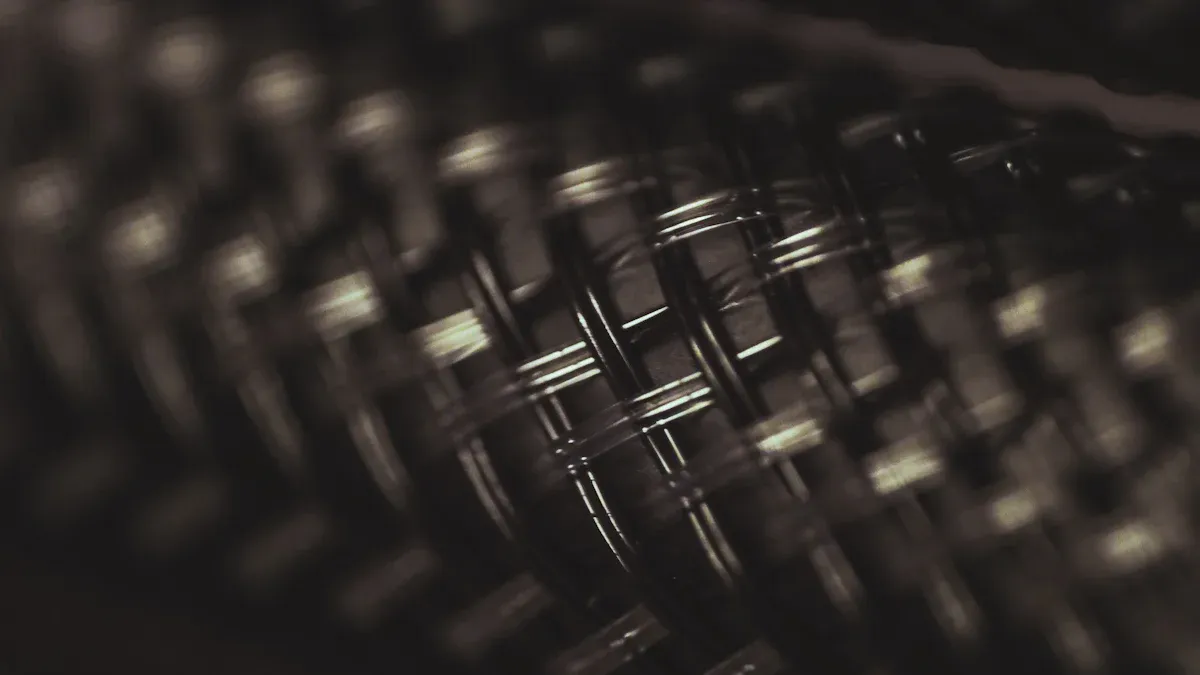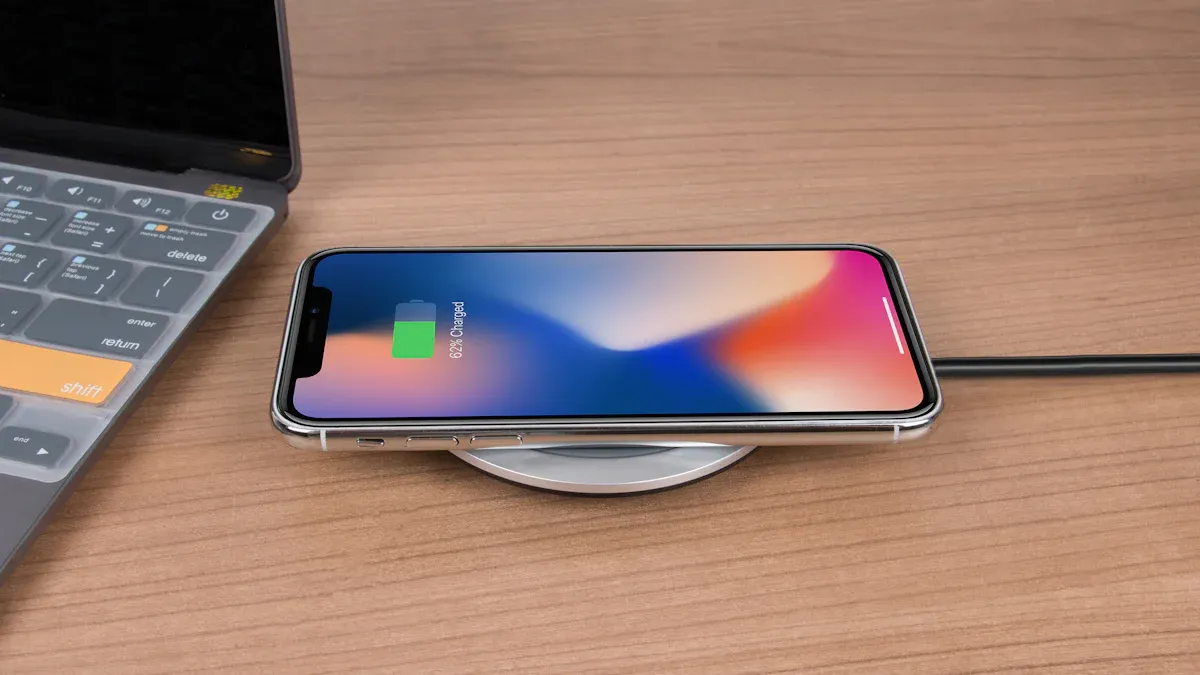
Unlock the secrets to maximizing Audio Performance and battery longevity in compact bluetooth speakers. You face real challenges:
Compact bluetooth speakers require innovative, portable designs.
Effective heat management prevents battery degradation.
Only 30% of compact bluetooth speakers last beyond 12 hours.
Market saturation drives ongoing innovation.
Compact bluetooth speakers must stand out in a crowded field.
Key Takeaways
Keep your bluetooth speaker’s volume between 60% and 80% for the best sound quality and battery life.
Use certified chargers and maintain battery levels between 20% and 80% to extend battery longevity.
Choose lightweight materials and high-density batteries to balance portability and performance in your bluetooth speaker.
Part1: Audio Performance vs. Battery Life
1.1 Impact of Volume
You often face a critical decision when using a bluetooth speaker: how loud should you play your music? Volume settings have a direct effect on both audio performance and battery life. When you increase the volume, the speaker’s power output rises, which drains the battery faster. If you consistently play music at maximum volume, you will notice a significant drop in playtime.
For optimal results, keep your bluetooth speaker’s volume between 60% and 80%. This range delivers strong sound quality without putting excessive strain on the battery. Manufacturers recommend this setting because it balances clear audio performance with efficient energy use. When you push the volume above 80%, distortion may occur, and the battery will deplete rapidly.
Tip: If you want to extend battery life during long meetings or events, lower the volume slightly. You will still enjoy good sound quality while maximizing playtime.
Manufacturers test bluetooth speakers under various conditions to ensure consistent audio performance. They evaluate bass response, midrange clarity, treble definition, soundstage width, and volume capability. These tests help you get reliable sound quality at recommended volume levels, even as battery levels fluctuate.
1.2 Battery Size and Speaker Design
Battery capacity plays a crucial role in determining how long your bluetooth speaker can operate before needing a recharge. A higher capacity, such as 4000mAh, usually means longer playtime compared to a 2000mAh battery, assuming similar power output and usage patterns. However, actual playtime also depends on speaker wattage and extra features like bluetooth connectivity or built-in microphones.
Battery Capacity (mAh) | Typical Playtime (Hours) | Speaker Bulk (Approximate) |
|---|---|---|
2000 | 4-6 | Very Compact |
4000 | 8-12 | Compact/Medium |
6000+ | 12-20 | Medium/Large |
You must consider the trade-off between battery size and portability. Larger batteries extend playtime but add weight and bulk, which can reduce the convenience of carrying your bluetooth speaker. Manufacturers often use lightweight materials and high-density lithium-ion battery modules to strike a balance between long battery life and easy portability. For example, the Sonos Roam features a separate woofer and tweeter for enhanced audio performance, a 10-hour battery life, and supports both Wi-Fi and bluetooth connectivity. This design optimizes both sound quality and battery efficiency for professional and industrial use cases.
Manufacturers validate the balance between sound quality and battery life through rigorous testing. They focus on:
Sound reproduction quality
Measurement precision
Detailed testing methodology
They also test under challenging scenarios, such as low battery conditions, high temperatures, and interference, to ensure reliable performance in real-world environments.
Testing Aspect | Description |
|---|---|
Sound Reproduction Quality | Comprehensive tests on loudspeakers and microphones to ensure high sound quality. |
Measurement Precision | Emphasis on precise measurements for accurate evaluation of sound quality. |
Testing Methodology | Detailed explanation of testing processes and terminology for clarity in understanding. |
By understanding the relationship between volume, battery size, and speaker design, you can make informed decisions when selecting or deploying bluetooth speakers for your business needs.
Part2: Materials and Design

2.1 Lightweight Materials
You need to consider the materials used in every bluetooth speaker, especially when balancing durability and weight. Manufacturers often select advanced materials to reduce weight without sacrificing strength. The table below highlights the most common choices:
Material | Purpose |
|---|---|
ABS plastic | Reduces weight while providing durability |
Silicone rubber | Adds flexibility and shock resistance |
Aluminum | Lightweight and strong, enhancing durability |
These materials help you achieve a lighter bluetooth speaker, which improves design and portability for field teams and mobile operations. However, lightweight materials can impact acoustic performance:
Smaller-sized speakers often use smaller drivers, which may decrease sound quality.
Lightweight materials contribute to compact size, potentially limiting driver size.
Limitations in driver size can negatively affect overall acoustic performance.
To address these challenges, manufacturers use multi-driver configurations and passive radiators. Multi-driver setups separate frequency ranges, reducing distortion and improving clarity. Passive radiators amplify bass without extra power, which is critical for professional audio in security systems and industrial environments.
2.2 High-Density Battery Modules
You rely on high-density lithium battery modules to power your bluetooth speaker for extended periods. These batteries offer several advantages:
Higher energy density stores more energy in a compact space, resulting in longer battery life.
Compact size allows for lightweight speaker designs without sacrificing performance.
Enables smaller and lighter bluetooth speakers, essential for portability in medical, robotics, and infrastructure applications.
Recent innovations include robust materials and IP-rated designs that protect against water and dust, extending device lifespan. Advanced power management systems also minimize energy consumption, further prolonging battery life. The table below summarizes key innovations:
Aspect | Contribution to Longevity and Sustainability |
|---|---|
Materials | Robust, premium options enhance durability and aesthetics |
Water and Dust Resistance | IP-rated designs protect against environmental factors |
Power Efficiency | Advanced systems minimize energy consumption |
By focusing on these design elements, you ensure your bluetooth speaker meets the demands of modern B2B environments.
Part3: Battery Care

3.1 Charging Habits
You must prioritize proper charging habits to maximize battery life in your bluetooth speaker. Always use certified chargers recommended by the manufacturer. This practice prevents damage from incorrect voltage and ensures safe charging cycles. For best results, keep your battery charge between 20% and 80%. Charging partially, rather than fully, reduces stress and extends the usable life of lithium battery modules. Avoid deep discharges, as they can cause irreversible damage to battery capacity. In medical and robotics applications, reliable battery performance is critical for uninterrupted operation.
Tip: Charge your bluetooth speaker in a temperature-controlled environment, ideally between 68°F and 77°F, to prevent thermal stress.
3.2 Avoiding Overcharge
Overcharging your bluetooth speaker can lead to structural changes in the battery, causing capacity loss and shortening battery life. You should disconnect the charger once the battery reaches optimal levels. Many modern speakers include battery management systems (BMS) that help regulate charging and prevent overcharge. In security system and infrastructure deployments, maintaining battery health ensures consistent audio alerts and communication.
Charging Practice | Impact on Battery Life |
|---|---|
Partial charging (20-80%) | Prolongs cycle life |
Overcharging | Causes degradation and capacity loss |
Deep discharge | Reduces long-term reliability |
3.3 Placement Tips
Proper placement of your bluetooth speaker protects the battery from environmental hazards. Avoid placing the device near heat sources, direct sunlight, or in high humidity. Position your speaker in a well-ventilated area to promote air circulation and prevent overheating. In industrial and consumer electronics settings, these strategies help maintain optimal battery performance.
Store your bluetooth speaker in a cool, dry place.
Keep away from radiators, stoves, and windows.
Ensure regular maintenance checks to clean battery contacts and remove dust.
By following these battery care guidelines, you support balancing features such as portability and performance while extending battery life in every bluetooth speaker deployment.
You achieve optimal sound and extended battery life by combining smart usage, regular maintenance, and advanced battery modules. Manufacturers optimize power management and select energy-efficient components for longer playback. Regular cleaning and battery checks prevent failures in medical, robotics, and security systems.
Battery Type | Platform Voltage | Energy Density (Wh/kg) | Cycle Life (cycles) | Best Practices |
|---|---|---|---|---|
Lithium-ion (Li-ion) | 3.6V | 150-200 | 500-1000 | Store at 30-40% charge |
Lithium Polymer | 3.7V | 180-220 | 300-800 | Charge to 80-85% |
NiMH | 1.2V | 60-120 | 300-500 | Fully deplete before charging |
Apply these strategies to maximize reliability and performance in every deployment.
FAQ
What is the recommended battery type for industrial smart speakers?
You should select lithium-ion battery groups for industrial smart speakers. These offer high energy density, long cycle life, and stable platform voltage for demanding environments.
How does battery chemistry affect performance in medical and robotics applications?
Battery chemistry impacts energy density and reliability. Lithium polymer groups provide lightweight design and flexibility. Lithium-ion groups deliver higher cycle life and stable voltage.
Battery Chemistry | Platform Voltage | Energy Density (Wh/kg) | Cycle Life (cycles) |
|---|---|---|---|
Lithium-ion | 3.6V | 150-200 | 500-1000 |
Lithium Polymer | 3.7V | 180-220 | 300-800 |
Where can you find custom battery solutions for security systems and infrastructure?
You can explore custom battery solutions from Large Power. Learn more about custom battery solutions for your security system and infrastructure needs.




